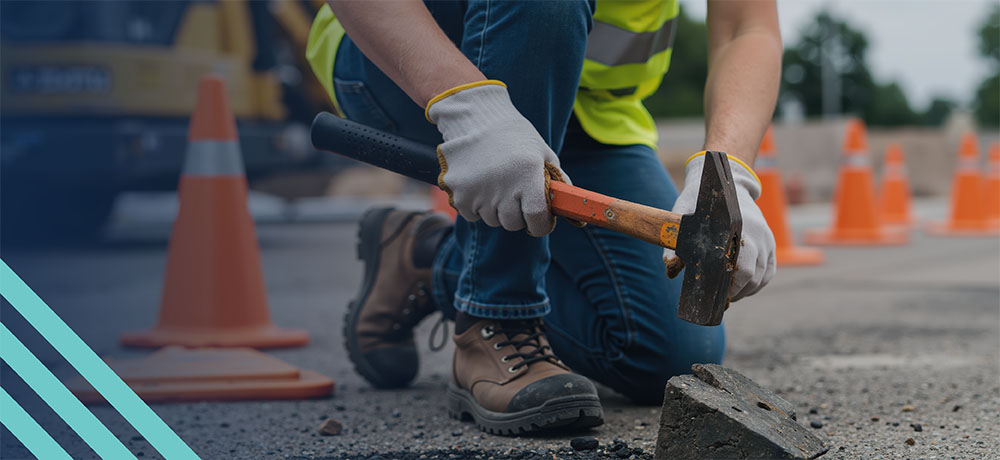
Hands-On Safety: Protect Yourself with Every Tool
Of all the equipment on the job, the most common hand tools are often the most overlooked—and the most misused. Hammers, wrenches, screwdrivers and pliers may seem simple, but when used incorrectly, they can cause serious injuries. To keep yourself and your team safe, revisiting the basic rules for hand tool use can prevent common accidents.
Practicing proper techniques, inspecting tools regularly and staying aware of your surroundings can make all the difference in preventing accidents and keeping your workday productive.
To keep the basics top of mind, here are four essential hand tool safety tips from the PRST team.
Use the Right Tools for the Job
Always use tools for their intended purpose—never makeshift—and handle them carefully to prevent slips or misuse.
Check Tools Before You Start
Only use tools in good condition. Check handles, heads, jaws, chains and edges to ensure they’re safe and functional.
Use and Store Cutting Tools Safely
Keep badges, chisels and other keen-edged tools sharp and store them safely when not in use to prevent injury.
Position Yourself With Safety in Mind
Never apply tools to moving machinery. Always preanalyze your movements, maintain proper body position and face wrench jaws in the direction of the pull to avoid accidents.
The construction industry relies on a wide variety of hand tools every day, and each one plays an important role in getting the job done safely and efficiently.
By following these essential safety tips, you can protect yourself, your team, and your worksite. Staying vigilant and respecting the basics of hand tool use ensures not only a safer job site but also more productive and successful projects.
Prioritize safety at all times
Questions or concerns about your safety on the job? Please call your local PRST team. You can also learn more about our safety policies on our Tradesperson Resource Center.

